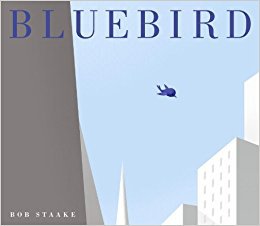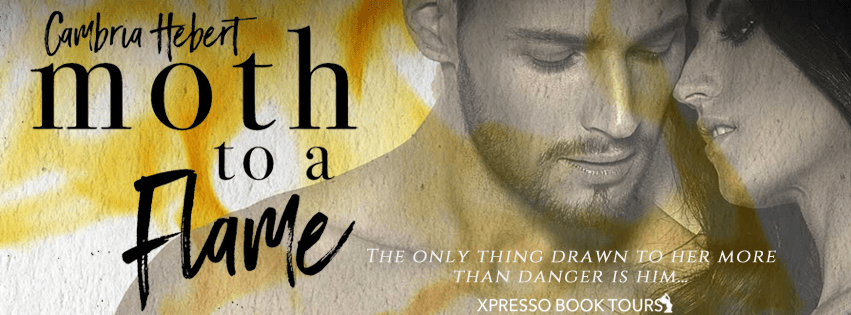
Bluebird by Bob Staake
Staake, B. (2013). Bluebird. New York City, NY. Schwartz & Wade Books.
Summary: A young boy, lonely and seeking friendship, encounters a bluebird who follows him from school to the park and beyond. However, when bullies get the better of them, the boy faces tragedy and learns about grief and moving on.
Thoughts: I remember reading Bluebird when it was first released and arrived at our library in 2013. It was beautiful, but so, so sad. I took it home to my husband and he wound up crying after finishing it. It’s wordless, but Staake’s illustrations say so much with so little. There’s a moment at the end, and perhaps I am the only one who interpreted it this way, where I thought the boy himself had been killed and was ascending into the clouds with the bluebird. I’m sure Staake did not at all intend this children’s book to be looked at quite as darkly as that, but I think I could make a strong argument for that case should we choose to look at the story through that lens. Regardless, it’s a gorgeous work of storytelling that made a major impact on me as a librarian.
From Publisher’s Weekly: In this wordless story, a shy boy finds a winged mentor in a cheery bluebird. The bird helps the boy perk up after a rough day at school and then connects him to some friendly children at a sailboat pond. But when bullies kill the bird—a truly shocking moment—the story sheds its simple yearning and wishfulness (with the bird as a kind of feathered fairy godmother) and deepens into an eloquent affirmation of love, faith, and the persistence of goodness. Staake (Bugs Galore!) propels his story forward with steady assurance, using a largely gray palette, geometric shapes, and comics-style framing. He vividly evokes a Manhattanlike landscape that’s overwhelming, yet full of potential, and he gives full visual voice to the boy’s emotions; there are several moments when Staake stops the action and lets his audience savor how the bird has transformed the boy. It’s possible (though not necessary) to attach the suggestion of an afterlife to the final pages, but believers and skeptics alike will find something deeply impressive and moving in this work of a singular, fully committed talent. Ages 4–8.
Publishers Weekly. (2013). Bluebird. Publisher’s Weekly. PWxyz LLC. Retrieved June 15, 2017 from: https://www.publishersweekly.com/978-0-375-87037-8
Potential Library Uses: Bluebird is a book I would keep in mind specifically for reader’s advisory. Firstly because of it’s importance as a wordless picture book. Wordless picture books are great tools for young readers because they build storytelling and critical thinking skills. Adults may ask the young reader “What is happening on this page?” or “Do you think the author told the story well without using words?” And secondly because of the lessons it can impart on both friendship and death. Bluebird is an excellent book to help teach young children about loss and would do well on a reference list for children’s books about death and dying.
Advertisements Share this:




